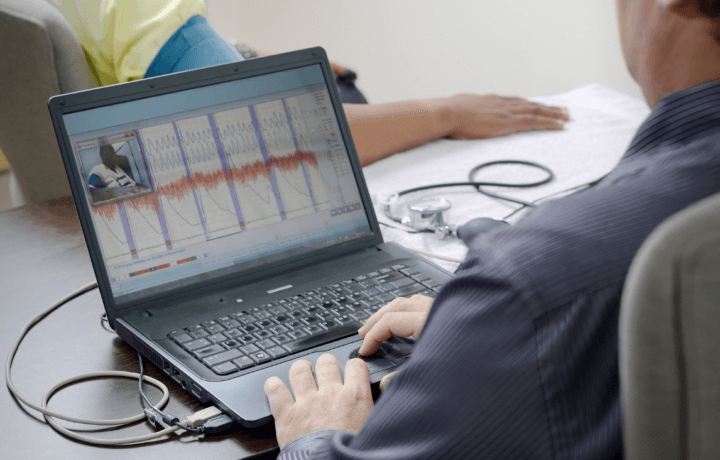Taking a polygraph test can be a daunting experience. It’s only natural that applicants have many questions throughout the process.
In previous articles, we have been exploring some top questions many clearance holders have relating to their upcoming poly exam. I recently had the opportunity to sit down with a former government polygraph examiner to gather some valuable insights for our readers (with prepublication approval, naturally). We explored some commonly-asked questions that polygraph examiners get. Previously, we asked if examiners are trained to recognize lying versus nervousness when sitting for a polygraph. Then we focused on the nerves and what to do to keep those at bay to get the most accurate read on distinguishing those nerves. Of course, we’ve also looked at why security clearance applicants fail a polygraph.
This next question allows for greater insight into why the government has two different types of polygraphs. Let’s take a look and see what the examiner has to say.
Q: Counterintelligence (CI) Examination vs. Full Scope (FS) examination, why is there a difference?
A: “That simply comes down to an organization or clearance type matter. Some organizations require a full scope while others just a CI. Same thing with the different types of clearance levels. The tips I have provided in this 5-part poly series cover both types of polygraph examinations.”
From an outsider’s perspective, I am sure it seems silly to have two different types of polygraph exams. From an inside perspective, we know these are based around the type of work we do for an agency. Those reasons are:
- Protects the government from giving out clearances that the person doesn’t have a true “need to know.”
- Helps us (the clearance holder) to only be receiving the intel that we need to do our jobs effectively. Also, at what level of accountability we are held to as far as disclosures within different agencies (Ex: finances, travel, etc.)
Getting down to the nitty-gritty of wait times to schedule between the two types of polygraphs, the answer is laughable. When it comes down to the wait time it doesn’t differentiate between which type of poly you are on the wait list for. It comes down to what does your job require and where does it stacks up to a long wait list of everyone else within the DMV area. It’s currently giving Motor Vehicle vibes where if you don’t have the documentation needed when your number gets called to Window 7, you are up a paddle. The wait times vary based on agency and the ever-growing issue with employment and polygraph staffing is what keeps the list so long.
Thank you to our unnamed Examiner for getting us this information and to helping our readers get some inside information as they carry forth their mission to obtain and maintain polygraph clearances.


